Crawford / Gandon
GEORGE PETRIE (1790-1866) — The Rediscovery of Ireland’s Past
GEORGE PETRIE (1790-1866) — The Rediscovery of Ireland’s Past
Couldn't load pickup availability
Share
by Peter Murray
additional essays by Tom Dunne, Joep Leerssen
ISBN 978 0948037 092 240 pages (hardback) 22.5x24.5cm 350 illus index
This major monograph focuses on one of Ireland’s leading 19th-century figures, notable as a historian, antiquarian, artist and collector of traditional music, and progenitor of Ireland’s celtic revival and author of The Round Towers of Ireland (1840). His topographical drawings, engravings and watercolours have never before been studied and assessed. Here they are gathered together and beautifully presented in a hard-back book, superbly written by Peter Murray.
If you are at all interested in Ireland’s cultural history, then this is one book that should be on your bookshelves. It’s a first-class book, admirably researched, which gives a proper focus to one of the major figures of the 19th century ... In a word: superb. — Brian McAvera, Irish Arts Review
_____
EXTRACT
"The genius of George Petrie (1790-1866) is perhaps obscured by having been dispersed over so many fields. Painter, antiquarian, historian, scholar, academician, archaeologist, musicologist: in each of these areas we encounter his achievements. Petrie, more than any other single individual in the 19th century, traced the cultural profile by which Ireland is still identified today, dominating the newly emergent field of Irish studies in the first half of that century. His view of the Irish landscape is still with us, not only pictorially, but also iconographically. It was Petrie who began to explore the Irish space and landscape as an echo chamber informed by the lingering memories of native cultural traditions and antiquities; it was Petrie who began the exploration of this repository for its cultural riches; it was he who, practically the first among the English-oriented, educated elite, began to see the living peasantry not just as menial rustics, but as the living heirs and continuance of Gaelic antiquity. George Petrie was the son of James Petrie, a Dublin portrait painter of Scottish descent. His talent was precocious: at age fourteen he received a silver medal from the Dublin Society, and as early as 1816 he established himself on the Irish artistic scene with an exhibitionof Wicklow landscapes at the Royal Academy in London. From that moment onwards he was to remain the foremost Irish landscape artist, and much in demand as an illustrator. For Petrie, the Irish landscape was more than just a sublime panoramic vista – it was filled, informed, with cultural resonances."
— from the introduction by Joep Leerssen
|
CONTENTS Petrie: Polymath and Innovator introduction by Joep Leerssen 6 Chapter I: The Early Years: reland Discovered 41 Chapter II: Ireland Delineated I: Petrie’s Artistic Development 48 Chapter III: Ireland Delineated II – Petrie’s Involvement with Engravers and Publishers 52 – Thomas Kitson Cromwell’s Excursions through Ireland, 1820-21 55
– James Norris Brewer’s The Beauties of Ireland (1825-26) 57
–G.N. Wright’s Guides to Ireland (1821-25) 62
– G.N. Wright’s Ireland Illustrated (1828-39) 65
– Ten Views of the North and North-West (1829-30) 71
Chapter V: The Accomplished Antiquary: Petrie and the Royal Irish Academy 82 Chapter VI: Little Back Parlour in Great Charles St – The Ordnance Survey in Ireland 90 – Publication of the Derry Memoir 92
– Later Tours of Ireland 95
– The Surveying of Carrowmore, Knockarea and Moytura 98
– The Memoir Fades Away 100
Chapter VII: The Tara Paper Controversy and the Round Towers 103 Chapter VIII: Petrie and the Royal Hibernian Academy 108 Chapter IX: Petrie’s Poverty and Eventual Pension 112 Appendix, Bibliography, Acknowledgements 122 Towards a national art? essay by Tom Dunne 125 Catalogue of Paintings and Drawings 137 Selected Engravings – Excursions through Ireland, T.K. Cromwell (1820-21) 158 Indexed List of Illustrations 238 |
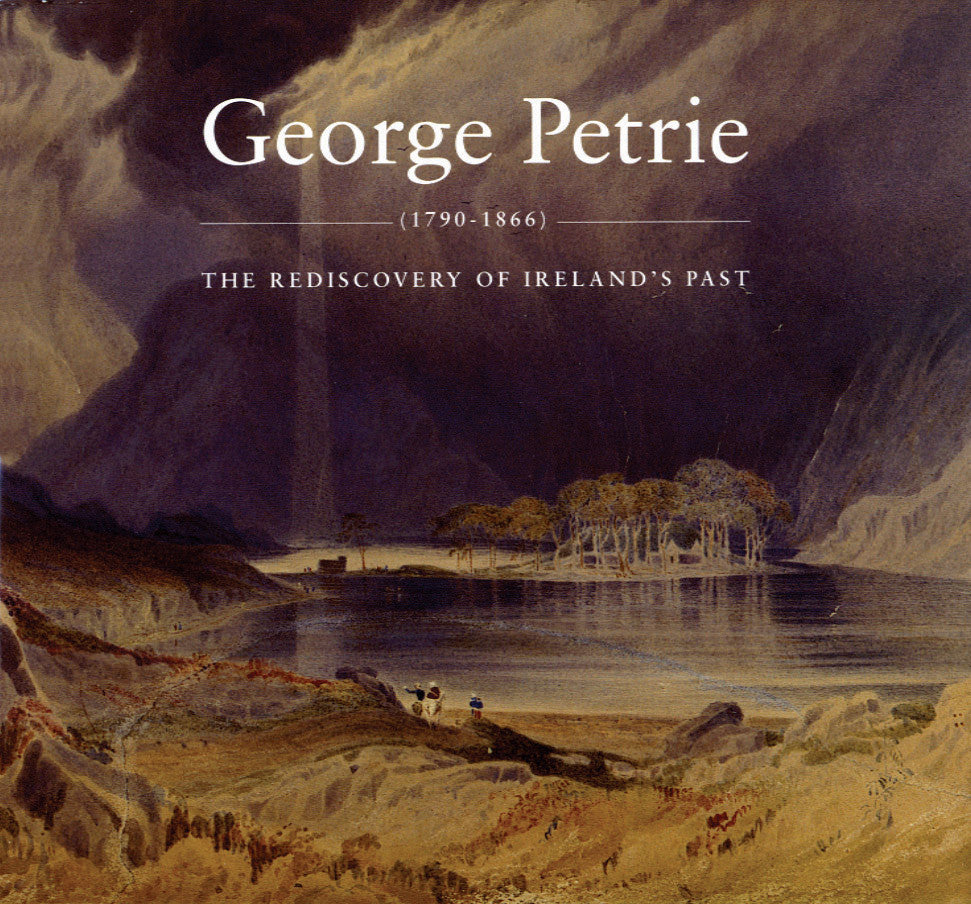
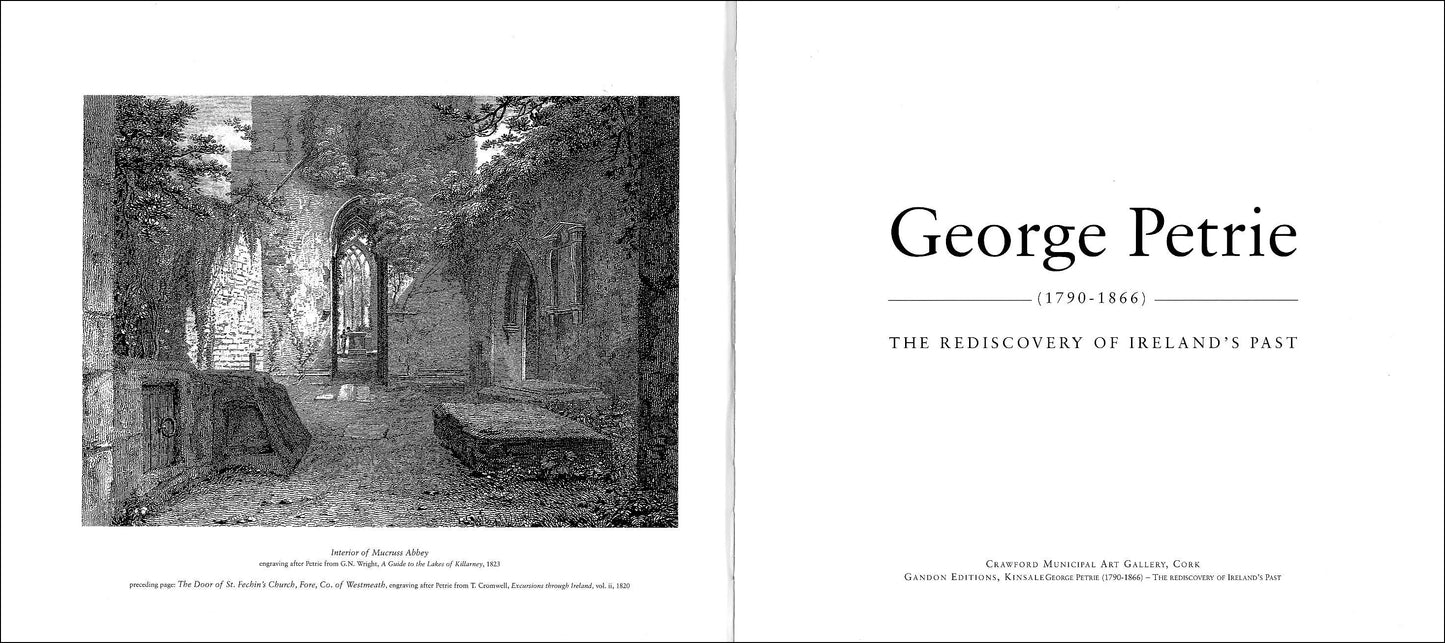
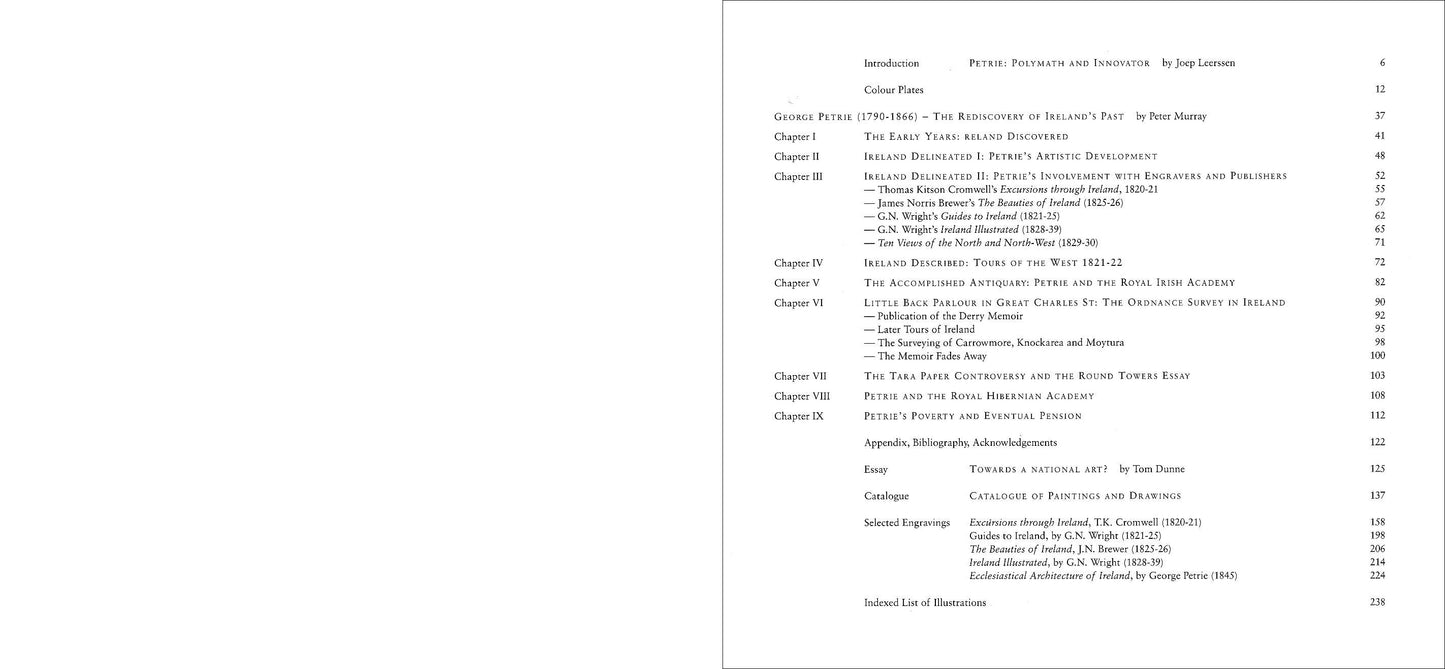
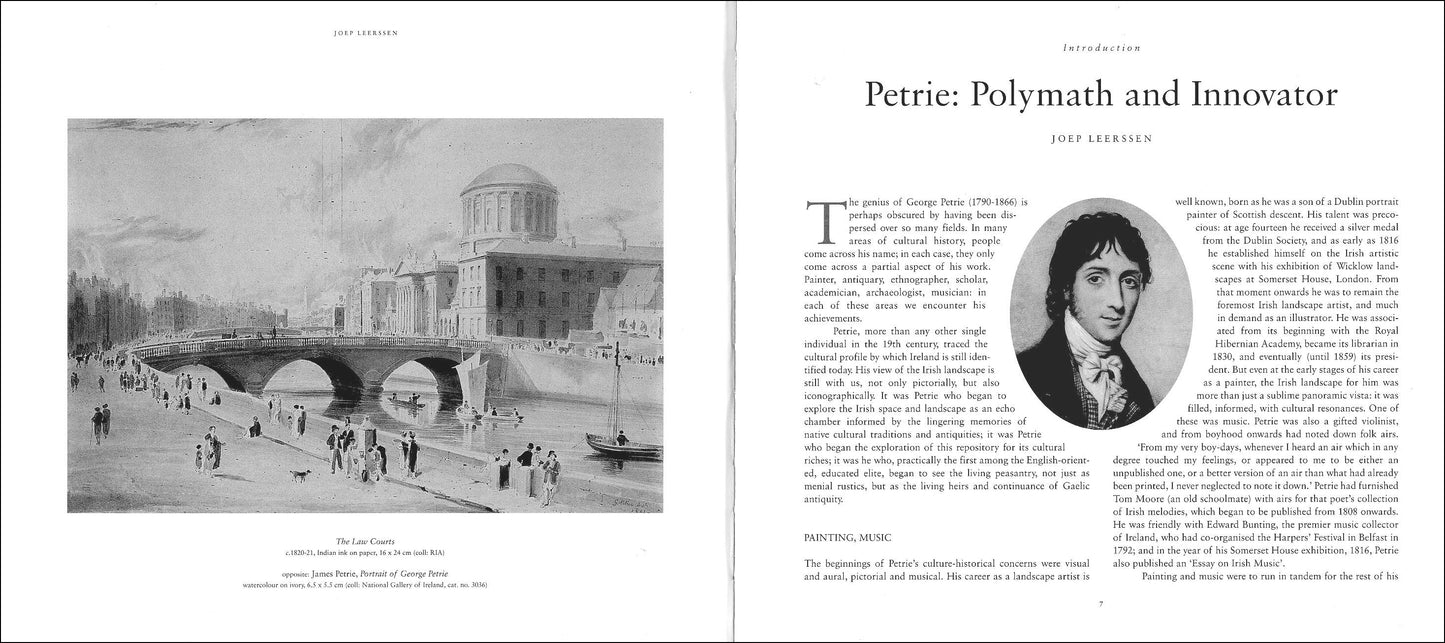
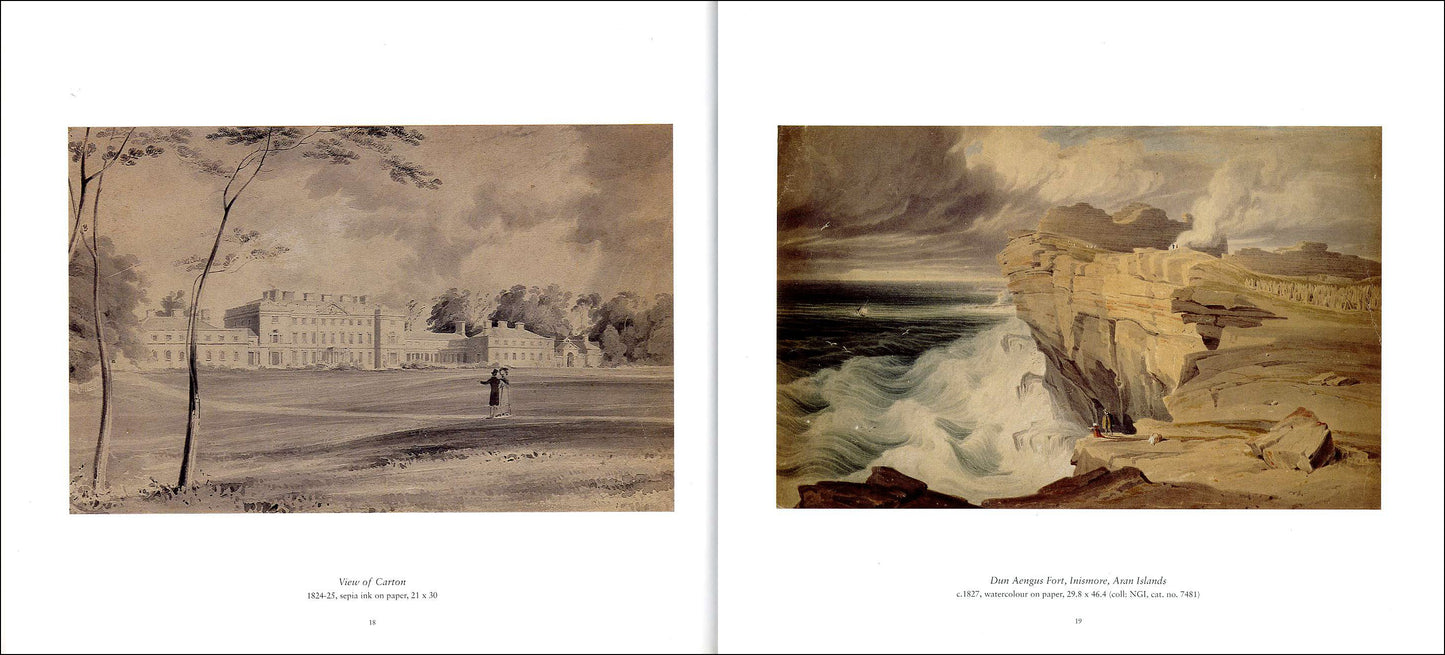
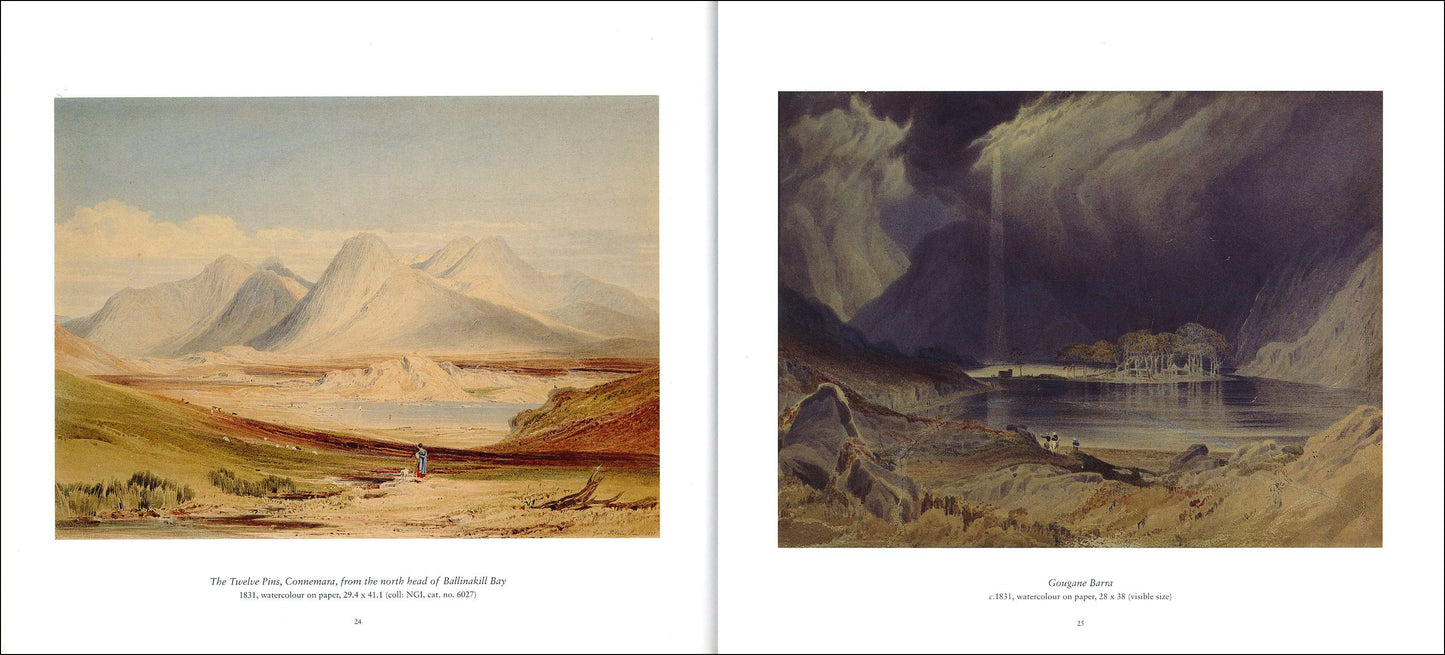
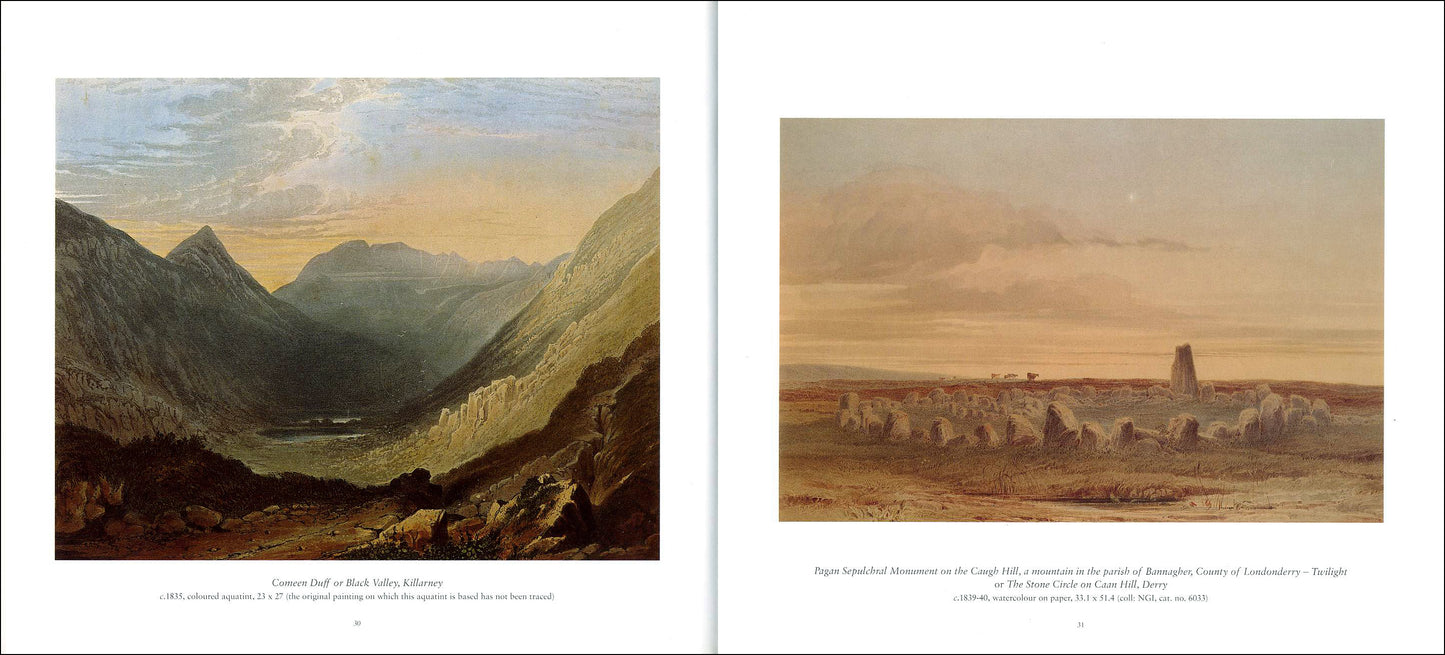
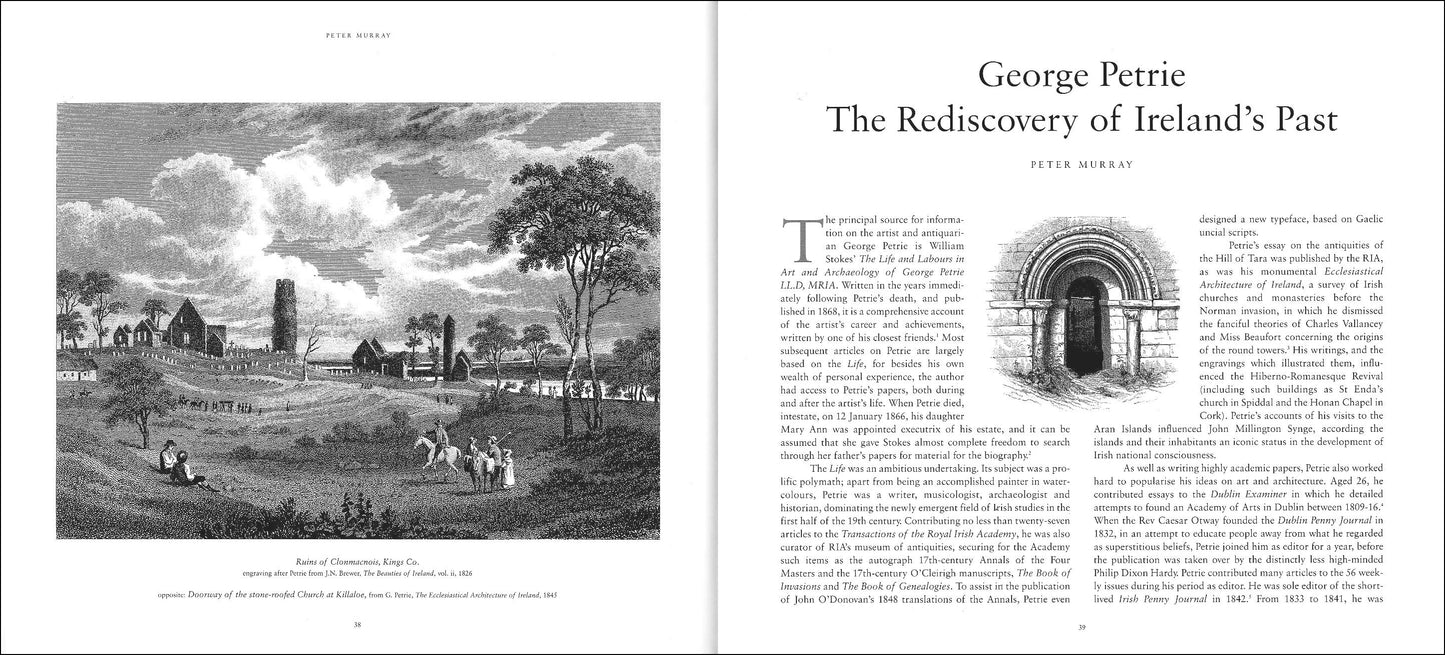
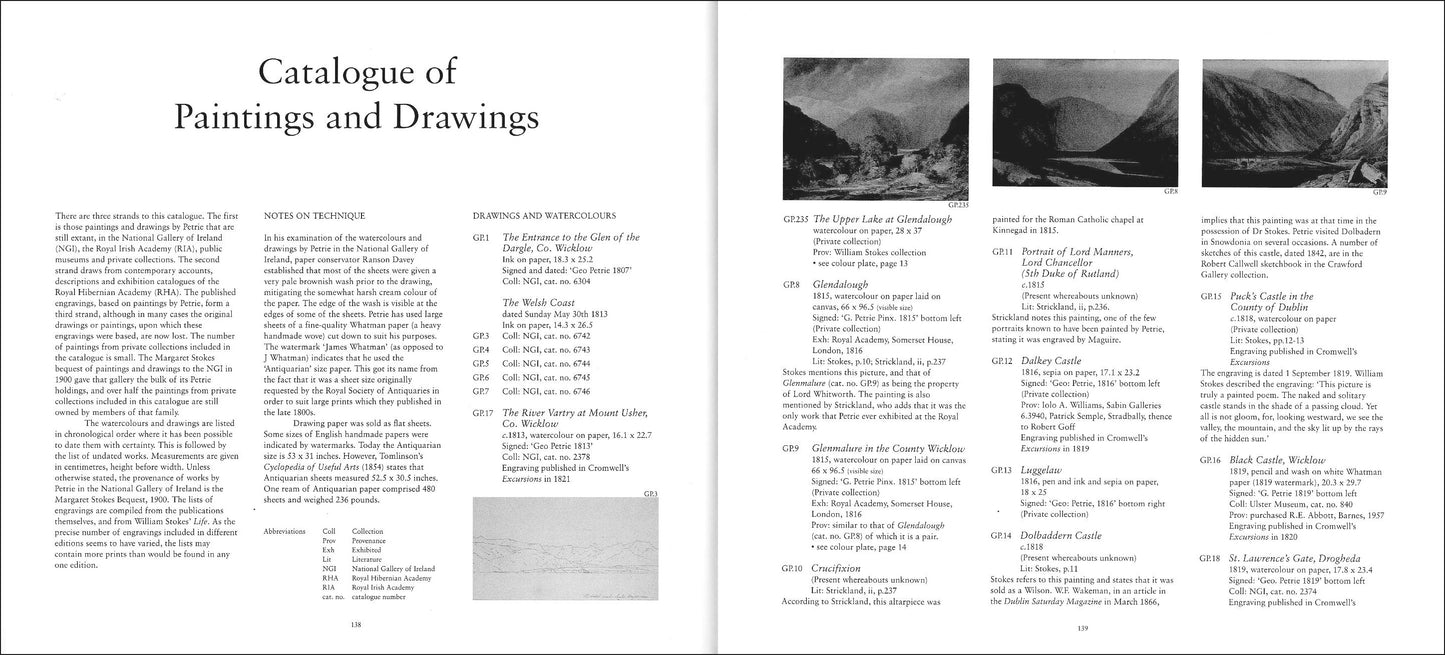
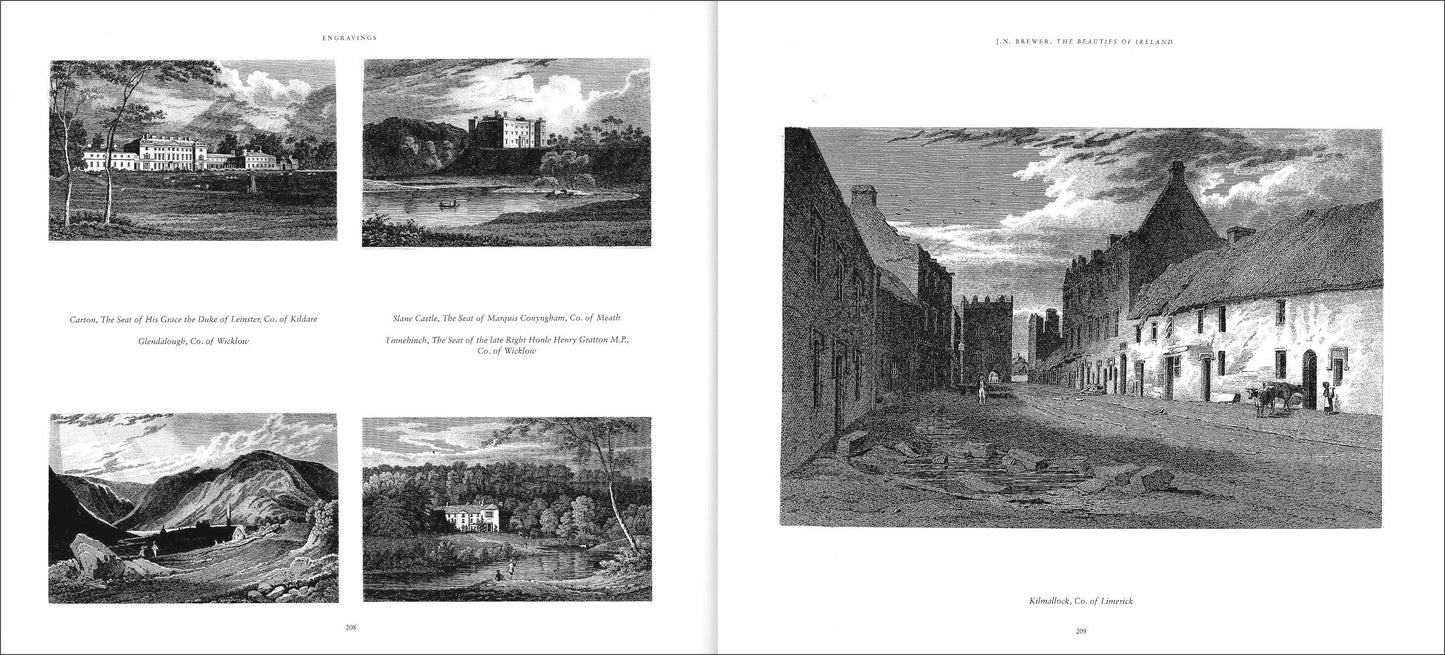
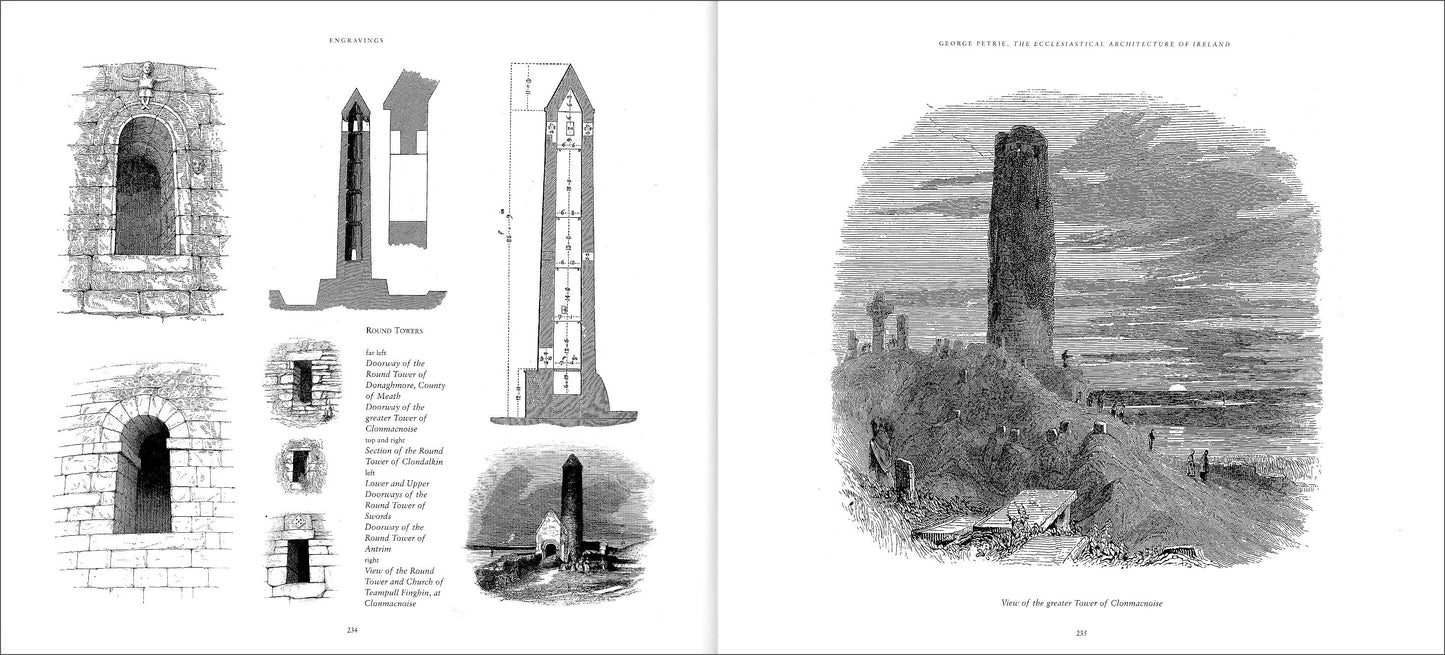
Absolutely brilliant, One of the best buys this year. Great production and value











